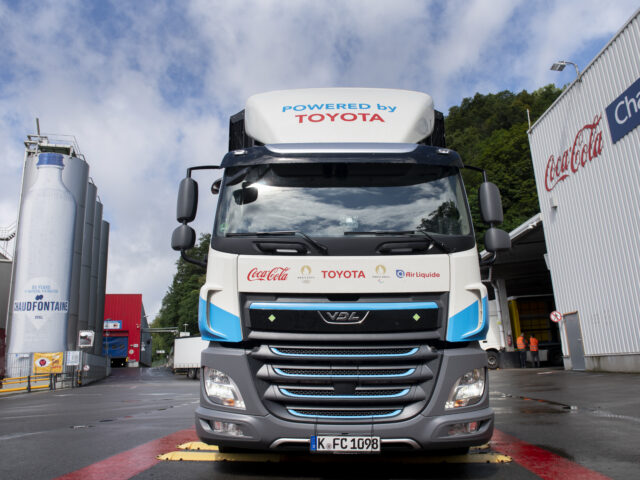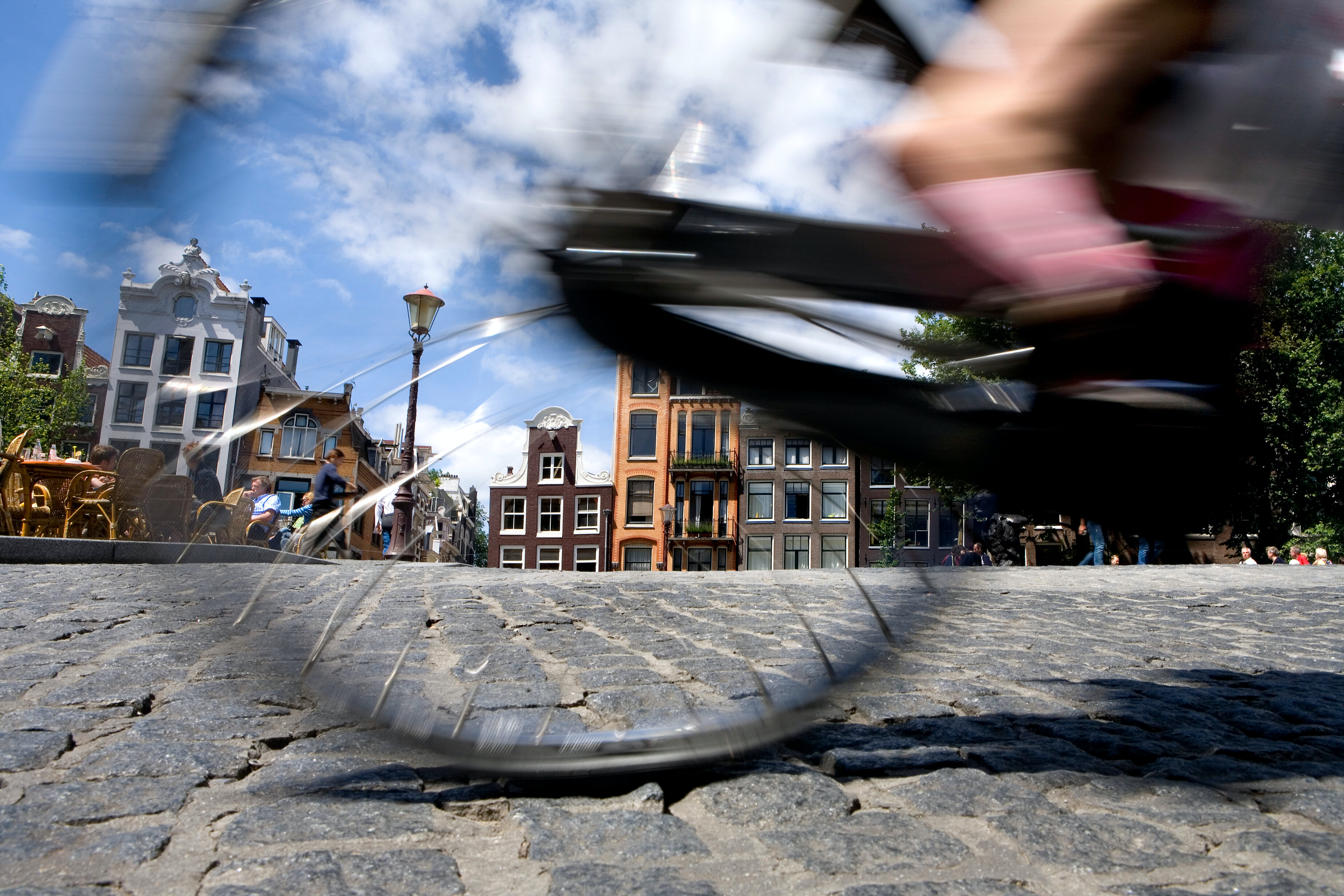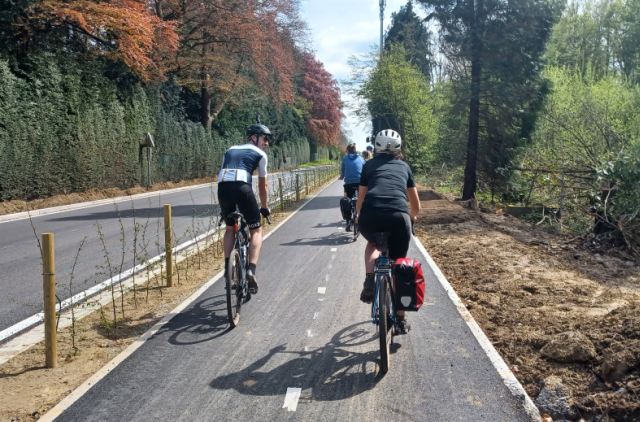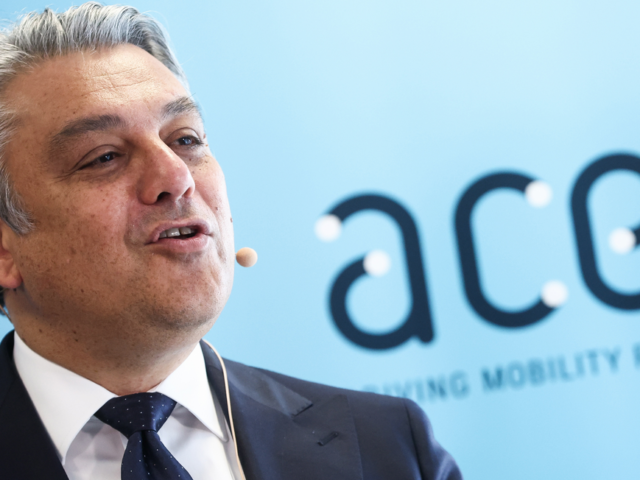
Traffic not safer in the Netherlands in corona times

Despite spectacularly less crowded roads because of corona, there are hardly any fewer traffic injuries and deaths in the Netherlands in 2020 /Agefotostock
Traffic has not become safer for pedestrians, cyclists, and moped riders in the Netherlands in the past year. Because of the lockdown, cars


Comments
Ready to join the conversation?
You must be an active subscriber to leave a comment.
Subscribe Today